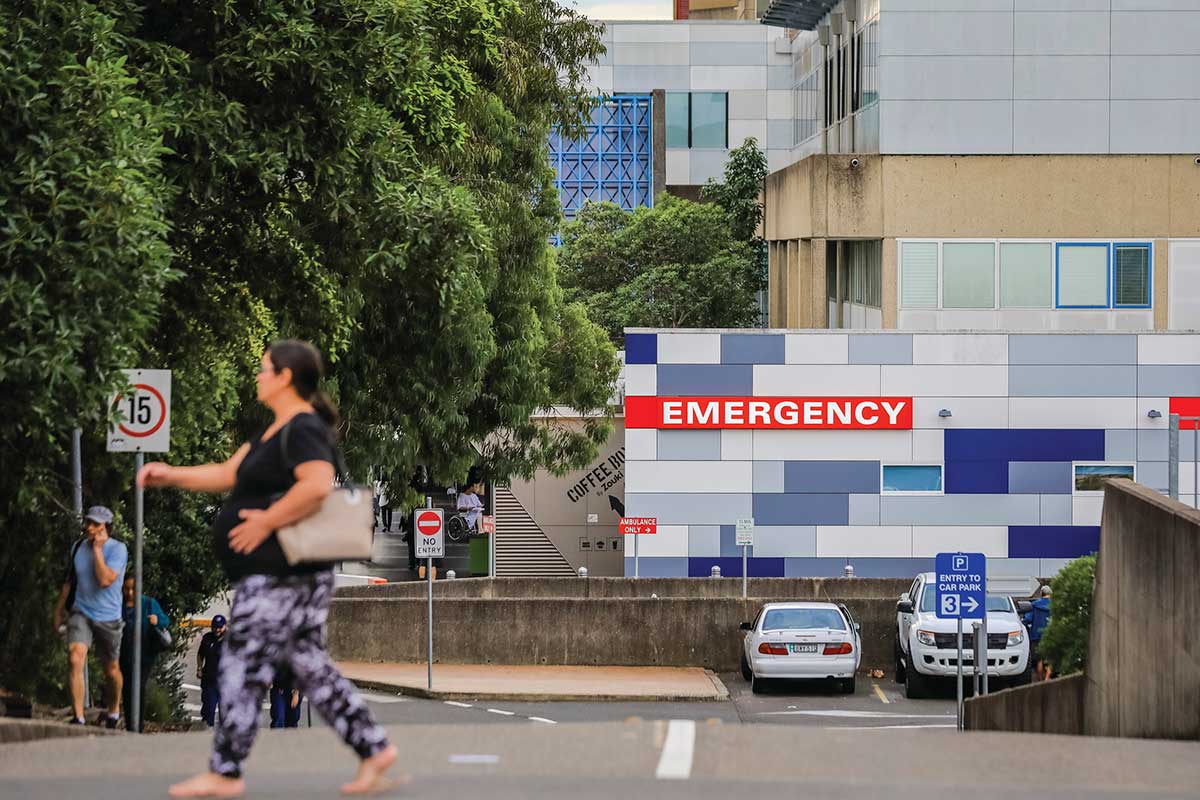Access to health services facilities is essential to the well-being and health of thriving communities.
Chapter 2 of the State Environmental Planning Policy (Transport and Infrastructure) 2021 – also known as the Transport and Infrastructure SEPP – has clear planning pathways, which help the NSW Government and private health care providers in delivering essential health services infrastructure.
The Transport and Infrastructure SEPP ensures health infrastructure is delivered with environmental assessment and stakeholder consultation, while supporting our growing communities.
Recent changes
Speeding up delivery of essential health services facilities
The Transport and Infrastructure SEPP has been amended to speed up the delivery of essential health services facilities and health infrastructure. The changes include:
- developing new Government health services facilities up to a gross floor area of 2,500 m2 without development consent.
- alterations and additions to existing health services facilities up to a gross floor area of 30,000 m2 without development consent.
Read the Changes to speed up the delivery of essential school infrastructure - Frequently asked questions (PDF, 106 KB) for information on the Transport and Infrastructure SEPP changes.
Health services facilities development without consent and exempt development
The Transport and Infrastructure SEPP allows public authorities to carry out certain developments without development consent.
Public authorities may carry out development if the work is within the boundaries of an existing health services facility and meets specific development standards, including, but not limited to:
- erection, alteration or addition of a health services facility
- restoring or replacing accommodation or administration facilities
- development of car parks for patients or staff.
For more information, visit Transport and Infrastructure SEPP.
Public authorities may carry out development for health services facilities on land within a prescribed zone and that is not an existing health services facility site without development consent, provided certain requirements are met. NSW Health must consider:
- the relevant environmental considerations identified in Guidelines for Division 5.1 Consideration of environmental factors for health services facilities and schools Addendum (October 2024) (PDF, 369 KB). This guideline sets out environmental factors that must be considered and the types of studies or supporting documentation that may be required, depending on the type and scale of the proposed development.
- the design of the development in accordance with the design principles in Design Guide for Health published by the Government Architect NSW.
Design Guide for Health
Good design ensures that a building or place meets the needs of its users in a way that is appropriate and inclusive. For health services facilities, design is about ensuring that facilities themselves are healthy places – functionally, socially and environmentally.
The Government Architect NSW and Health Infrastructure worked collaboratively to deliver the Design Guide for Health. The Design Guide for Health helps those involved in planning, designing, delivering or managing health facilities. For more information, visit the Design Guide for Health.
